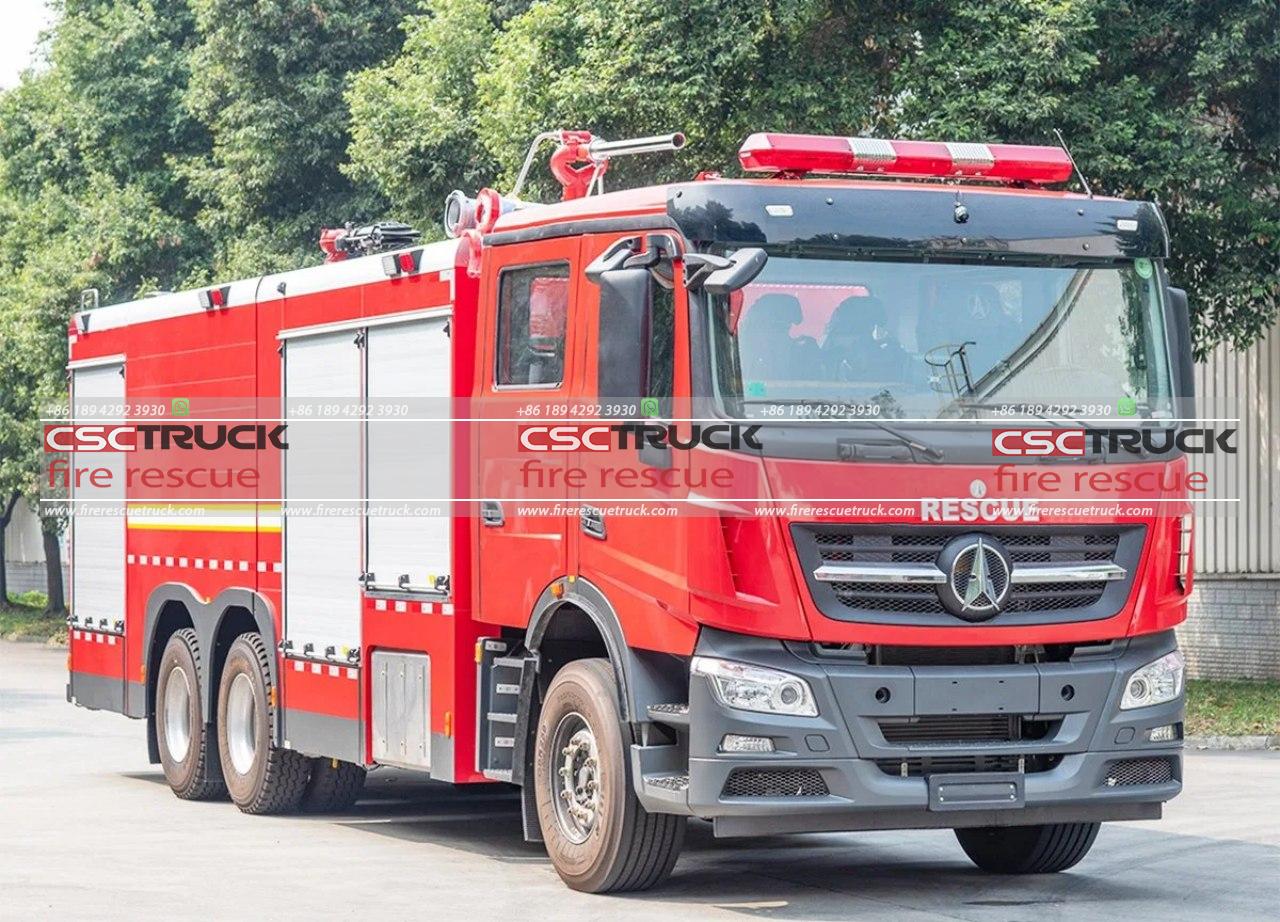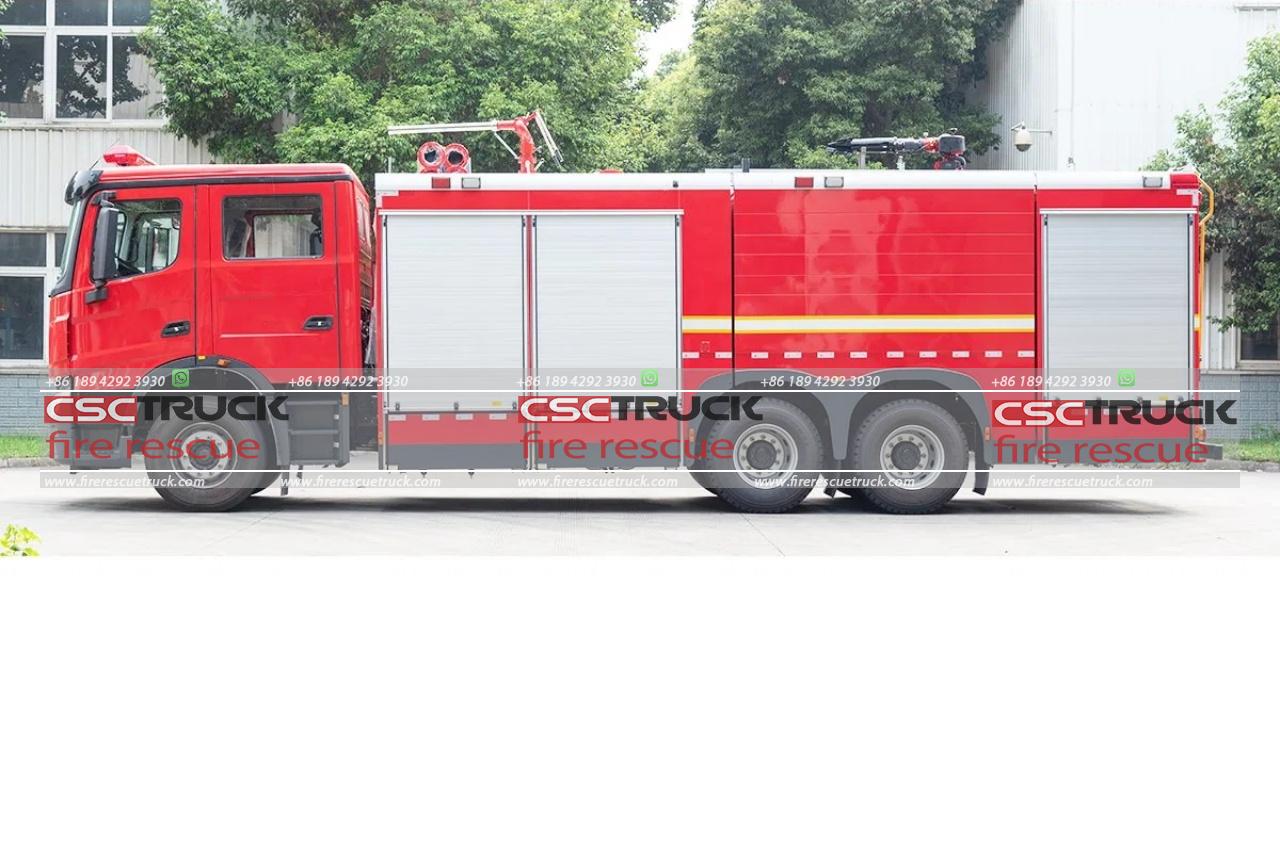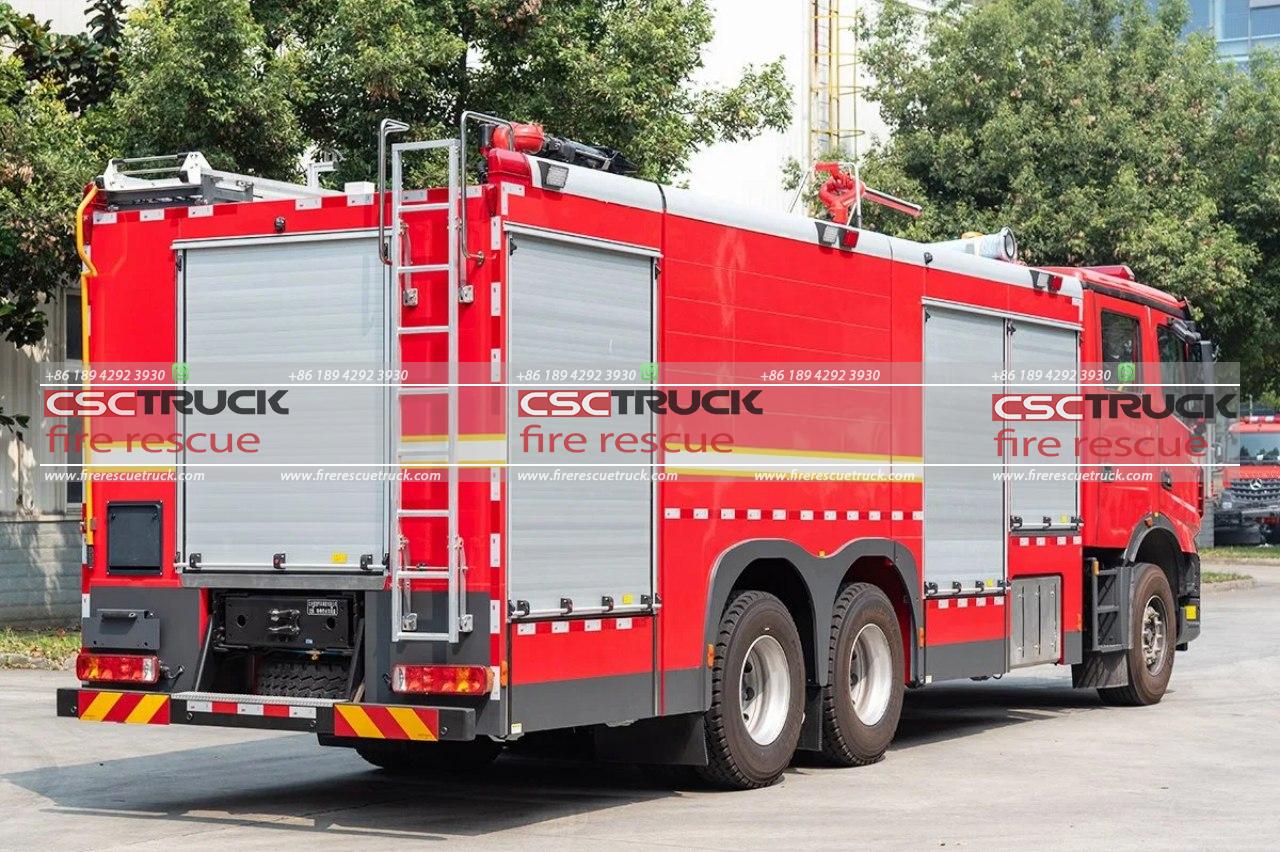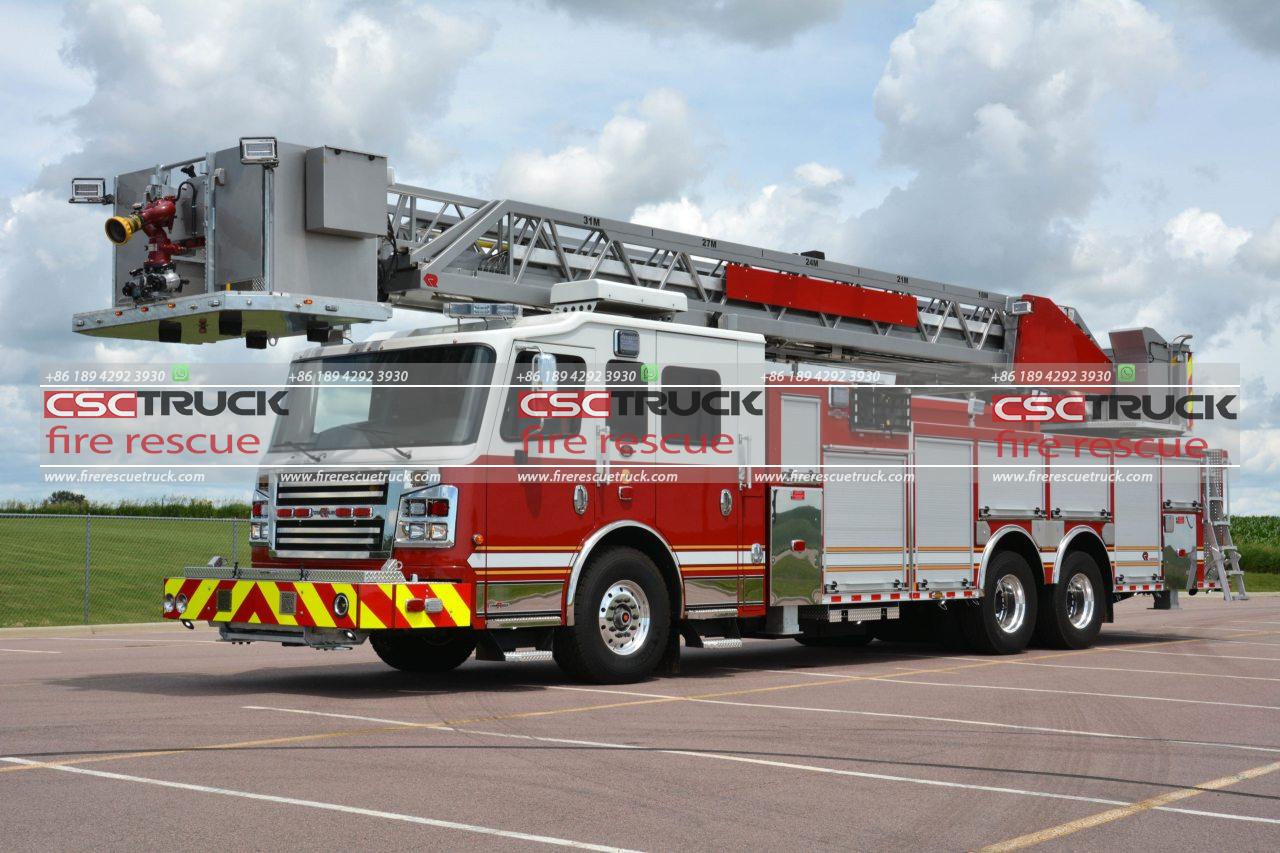Hazmat Fire Truck: Robust Hazmat Fire Trucks for Hazardous Material Incidents
In the realm of emergency response, few scenarios pose as significant a challenge as incidents involving hazardous materials (hazmat). These situations demand not only swift action but also a high degree of expertise and specialized equipment. Among the most critical assets in these responses are Hazmat Fire Trucks, specially designed to handle a wide array of dangerous substances safely and effectively. This article delves into the essential features, functions, and importance of these robust vehicles in managing hazardous material incidents.
Understanding Hazmat Fire Trucks
Hazmat Fire Trucks are specialized vehicles equipped with advanced technology and tools designed to handle emergencies involving hazardous materials. These materials can range from chemical spills and biological threats to radioactive substances and explosive materials. The primary goal of a Hazmat Fire Truck is to ensure the safety of the public, the environment, and the responders themselves by containing and neutralizing these threats.

Key Features of Hazmat Fire Trucks
1. Advanced Detection Systems: One of the most critical components of a Hazmat Fire Truck is its ability to detect hazardous materials. These trucks are equipped with sophisticated sensors and detectors that can identify a wide range of substances, including toxic gases, radiation, and biological agents. This allows responders to quickly assess the situation and determine the appropriate course of action.
2. Protective Gear Storage: Responders need to be adequately protected when dealing with hazardous materials. Hazmat Fire Trucks come equipped with storage compartments for personal protective equipment (PPE) such as hazmat suits, gloves, respirators, and face shields. This ensures that responders can quickly gear up and approach the incident safely.
3. Decontamination Units: Decontamination is a crucial step in managing hazmat incidents. These trucks often include decontamination units that allow for the cleaning of personnel, equipment, and affected individuals. This helps prevent the spread of contaminants and protects the health of both responders and the public.
4. Specialized Tools and Equipment: Hazmat Fire Trucks carry a variety of tools designed for specific types of hazardous materials. This can include containment booms for chemical spills, neutralizing agents for acids and bases, and specialized pumps for handling toxic liquids. These tools are essential for effectively managing and mitigating the incident.
5. Communication Systems: Effective communication is vital during any emergency response. Hazmat Fire Trucks are equipped with advanced communication systems that allow responders to stay in contact with each other and with command centers. This ensures that information is quickly shared and accurately, enabling coordinated efforts.
6. Onboard Laboratories: Some Hazmat Fire Trucks come equipped with onboard laboratories where samples of hazardous materials can be analyzed on-site. This allows for immediate identification of substances and helps in determining the appropriate response measures.
The Role of Hazmat Fire Trucks in Incident Response
The role of Hazmat Fire Trucks in incident response cannot be overstated. These vehicles serve as the frontline defense in protecting communities from the dangers posed by hazardous materials. Here’s a closer look at how they operate during an incident:
1. Initial Assessment: Upon arrival at the scene, the first task of the Hazmat Fire Truck team is to conduct an initial assessment. Using advanced detection systems, they identify the type and concentration of hazardous materials present. This information is critical for determining the level of risk and the necessary protective measures.
2. Establishing Safety Zones: One of the first steps in managing a hazmat incident is establishing safety zones. The team sets up hot, warm, and cold zones to control access and prevent the spread of contaminants. The hot zone is the area of greatest danger, while the warm zone is used for decontamination, and the cold zone is the safe area where command posts and support functions are located.
3. Containment and Control: The next step is to contain and control the hazardous material. This involves using specialized tools and equipment to stop the spread of the substance and prevent further contamination. For example, in the case of a chemical spill, containment booms, and absorbent materials may be used to limit the spread of the liquid.
4. Decontamination: Decontamination is a critical aspect of hazmat response. The Hazmat Fire Truck’s decontamination units are used to clean personnel, equipment, and any affected individuals. This process helps to remove hazardous substances and prevent secondary contamination.
5. Sample Collection and Analysis: In some cases, samples of hazardous material may need to be collected for further analysis. The onboard laboratory in the Hazmat Fire Truck allows for immediate testing and identification of the substance, which is essential for determining the appropriate response and cleanup measures.
6. Coordination and Communication: Throughout the incident, effective coordination and communication are vital. The Hazmat Fire Truck’s communication systems enable responders to stay in constant contact with each other and with command centers, ensuring a coordinated and efficient response.

The Importance of Training and Preparedness
While having a well-equipped Hazmat Fire Truck is essential, the effectiveness of the response also depends on the training and preparedness of the personnel. Responders must undergo rigorous training to handle the wide variety of hazardous materials they may encounter. This training includes not only the proper use of equipment and protective gear but also the understanding of chemical properties, toxicology, and environmental impacts.
Future Trends in Hazmat Fire Trucks
As technology continues to advance, so too does the capability of Hazmat Fire Trucks. Future trends in these vehicles include the integration of artificial intelligence (AI) for enhanced detection and analysis, improved communication systems for better coordination, and more efficient decontamination units. Additionally, the development of new materials and tools will further enhance the ability of these trucks to handle emerging threats.

Conclusion
Hazmat Fire Trucks are a crucial asset in the arsenal of emergency responders. Their specialized design and advanced features enable them to effectively manage and mitigate hazardous material incidents, protecting both the public and the environment. As threats continue to evolve, so too must the technology and training that support these vital vehicles. By investing in robust Hazmat Fire Trucks and ensuring that responders are well-prepared, communities can be better protected from the dangers posed by hazardous materials.







